No products in the cart.
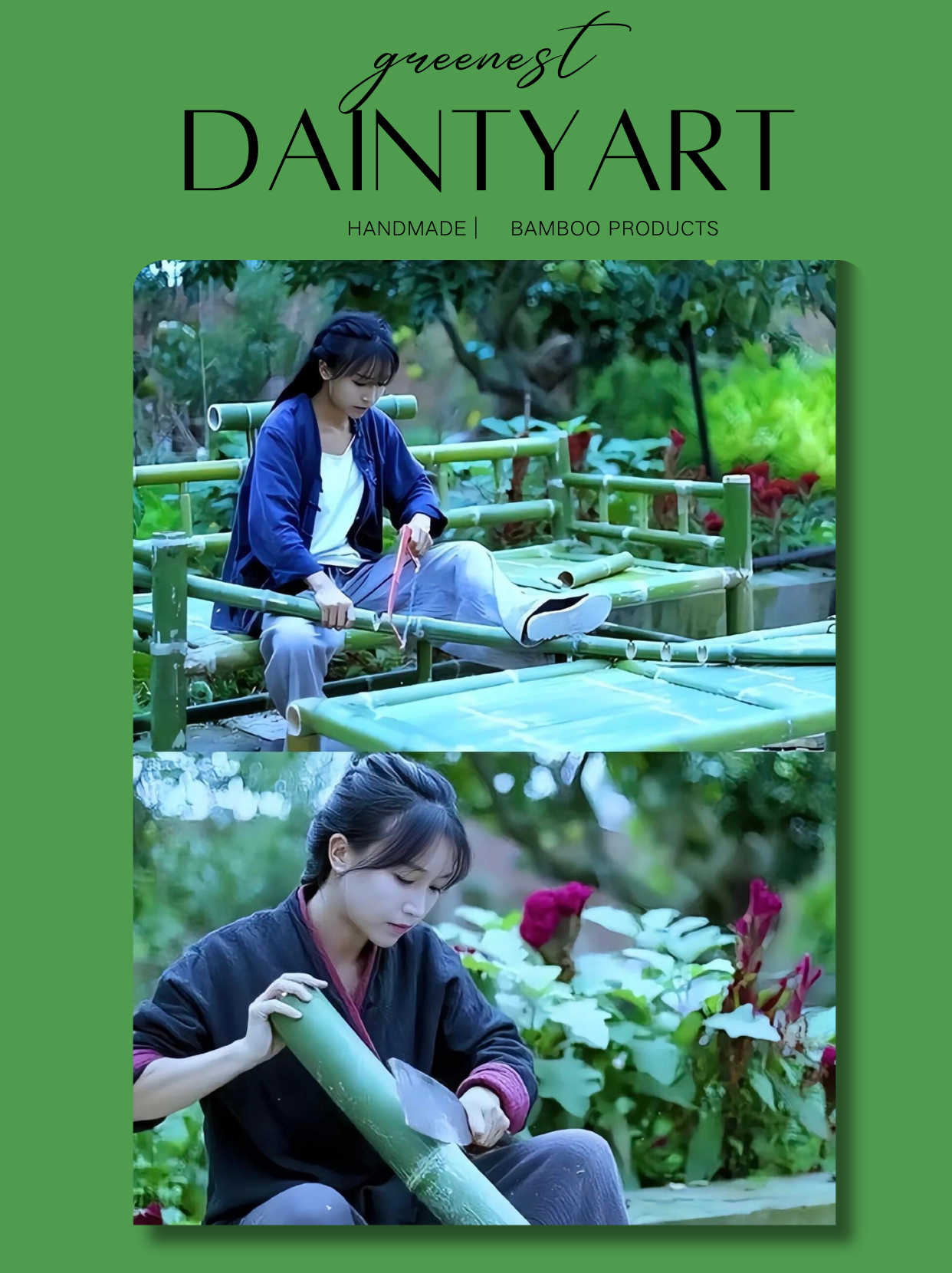
Bamboo weaving craftsmanship in Qingshen County
11月 26, 2024
Sichuan Intangible Cultural Heritage Ambassador
Her name is: Li Ziqi
She appeared at the 2024 Global Panda Partners Conference,
having a close encounter with Qingshen bamboo weaving.
She said:
“I have really been paying attention to the bamboo weaving of Qingshen County!”
“I truly want to experience Bamboo weaving craftsmanship in Qingshen County!”
After all, as an ambassador, her insight is unlikely to be poor.
Regarding the artistry of bamboo,
the people of Qingshen have truly showcased their creativity!
Qingshen people really know bamboo weaving craftsmanship
Qingshen County is nestled in hilly terrain, blessed with a mild climate and abundant rainfall. Surrounded by mountains, it nurtures around 200,000 acres of bamboo forests, boasting a forest coverage rate of 48.8%.
These exceptional natural conditions mean that bamboo is everywhere in Qingshen—every household engages in weaving, and everyone makes use of bamboo in their daily lives. This rich environment has nurtured a bamboo weaving craft with a history spanning over 3,000 years! It’s deeply woven into the fabric of life here, shaping not only the landscape but also the culture and traditions of the people.
Image source:DaintyArt
Since the Qing Dynasty, local bamboo products have reached all corners of the world through the waterways of the Min River, with Qingshen County’s exquisite bamboo fans even being designated as tribute items.
By the 1970s, Qingshen bamboo weaving was already receiving orders from around the globe.
Following that, Qingshen bamboo weaving continued to innovate and develop, creating a variety of beautiful artworks, including famous characters, landscapes, floral designs, and depictions of fish and insects.
In 2000, Qingshen County was designated as the “Hometown of Bamboo Weaving Art in China.”
In 2008, “Qingshen Bamboo Weaving” was included in the national intangible cultural heritage protection list and made an appearance at the Beijing Olympics, and in 2010, it showcased its craftsmanship at the Shanghai World Expo.
Currently, Qingshen has nurtured one international bamboo weaving master, five national and provincial bamboo weaving masters, and 109 senior artisans.
When it comes to bamboo weaving in China, all eyes are on Sichuan, and within Sichuan, Qingshen stands out. The people of Qingshen truly have a profound understanding of bamboo weaving.
A pair of skilled hands, a few gentle bamboos, woven together for thousands of years.
Creating Qingshen bamboo weaving typically involves 12 processes, including selecting bamboo, making strips, weaving, and decorating.
Experienced weavers often emphasize that “bamboo weaving is not an easy craft; it requires patience and focus.”
It’s this patience and mastery that have supported the global reputation of Qingshen bamboo weaving.
What does it take to create a beautifully crafted bamboo weaving piece?
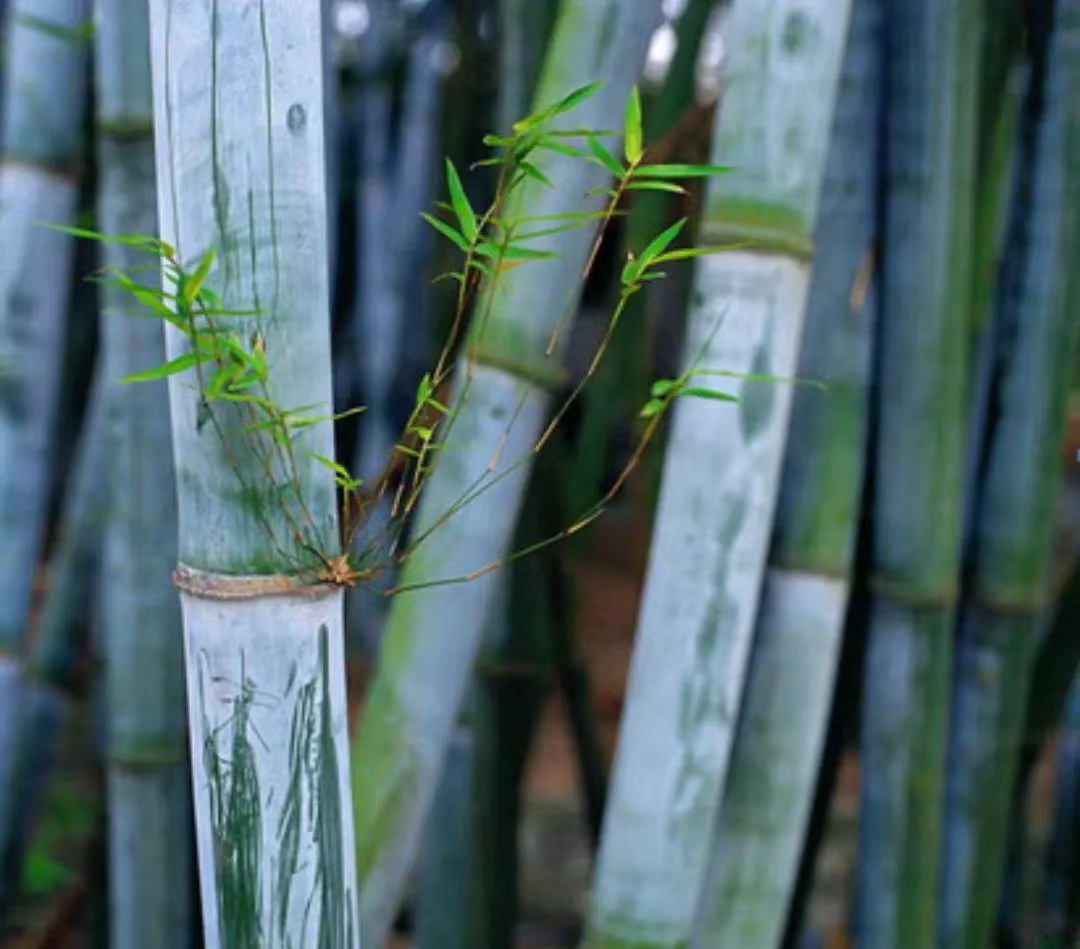
First comes the selection of bamboo, which requires careful thought right from the start.
In Qingshen, there are four types of bamboo suitable for flat weaving: Cizhu (Phyllostachys pubescens), Danzhu (Bamboo), Mianzhuzhu (Mian bamboo), and Qingpizhu (Green skin bamboo).
The best choices are Cizhu and Danzhu, which typically thrive in fertile, shaded areas away from pollution. We aim to select bamboo that grows in the dim light of the forest, choosing young, blemish-free stalks that are about one year old. Each piece usually comprises around 30 nodes, but we only use the longer middle sections of 4 to 6 nodes for weaving.
Next comes the splitting of the bamboo strips—a crucial step for producing high-quality bamboo weaving, where we need to create thin bamboo layers.
After the bamboo tube is scraped, sliced, and polished, each section can yield 16 strips, with each strip capable of producing about 18 layers of thin bamboo. However, we only take the outer three layers. To achieve the finest transparency, we need to scrape each of the thinnest layers even further until they become as delicate as a cicada’s wings, perfect for weaving.
The journey from bamboo to a piece of finely crafted bamboo weaving strip (about 0.03mm thick) is an intricate process that involves at least 80 different steps.
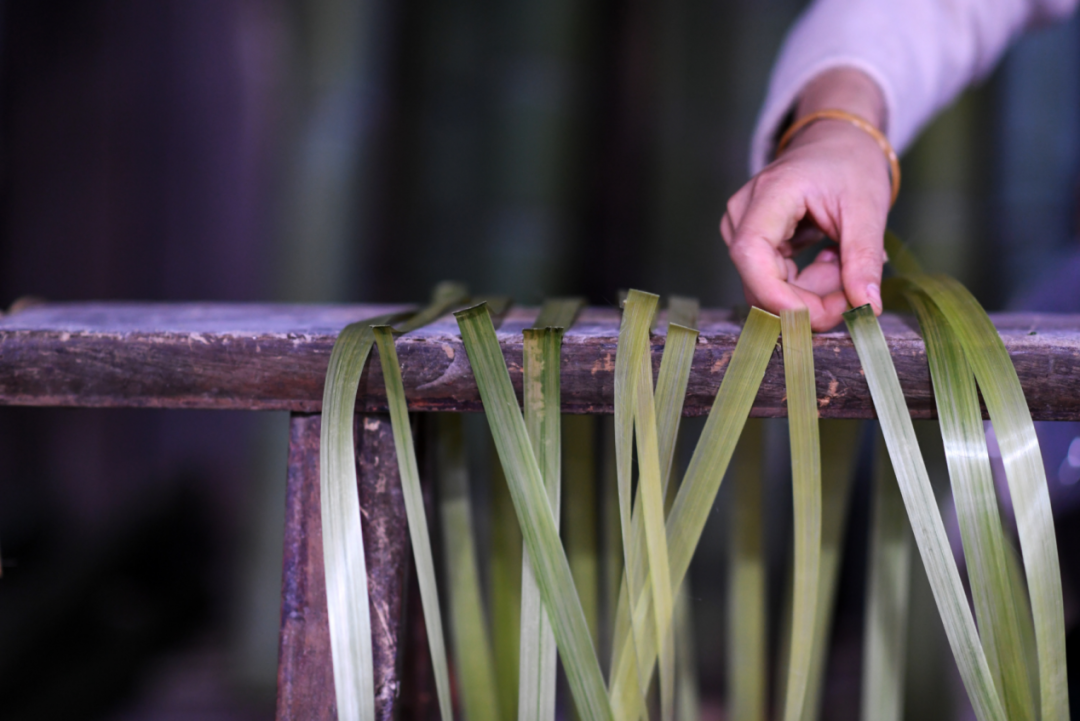
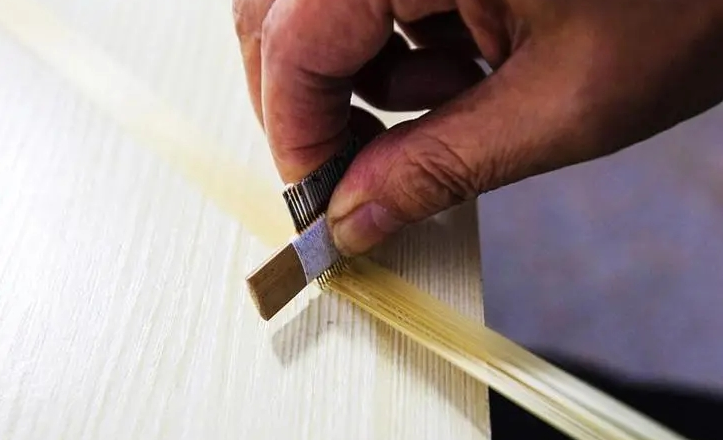
Next comes the process of splitting fibers, which is one of the core techniques of Qingshen bamboo weaving.
Splitting fibers involves breaking the bamboo strips down into fine strands. The finer the bamboo strands, the higher the requirement for the thinness of the bamboo strips used in weaving.
The quality of bamboo weaving is graded based on the number of strands per square centimeter. Master Chen Yunhua’s unique needle splitting method can produce up to 48 strands within just one square centimeter. The bamboo fibers resulting from this technique are crystal clear, as thin as a cicada’s wings, and soft like hair, creating an absolutely stunning effect.
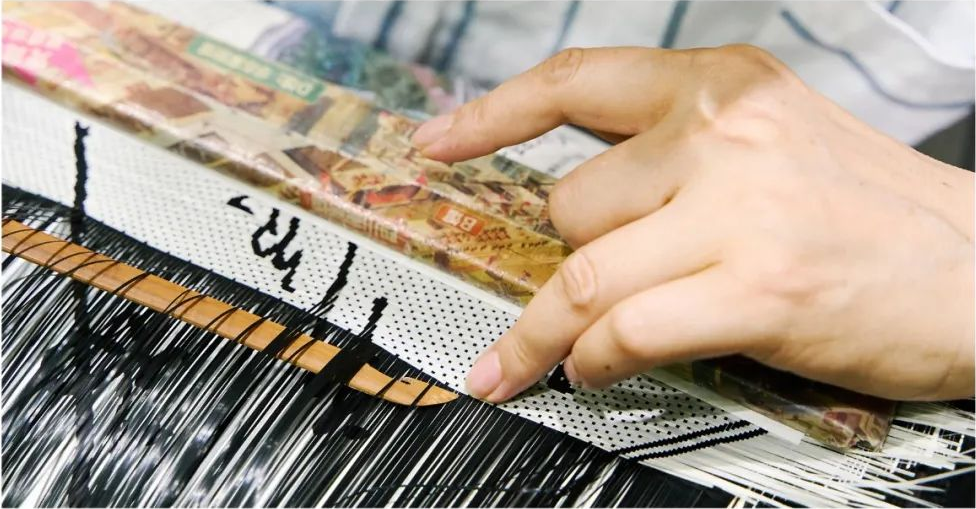
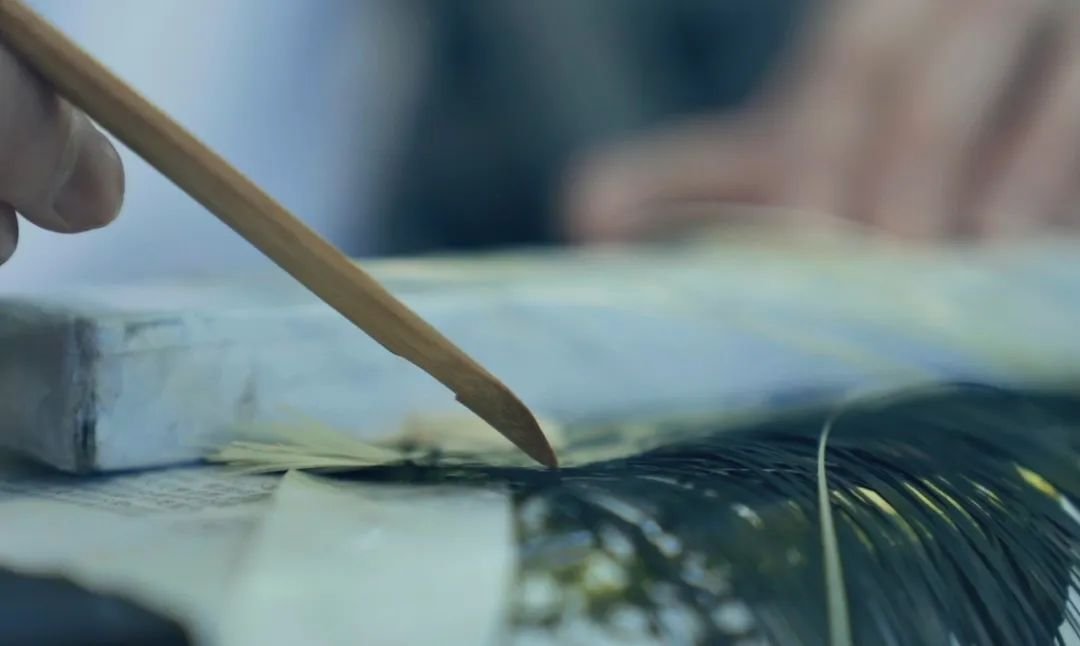
Next up is weaving, which is truly the lifeblood of Qingshen bamboo weaving.
The craft itself is divided into five main categories—flat bamboo weaving, three-dimensional weaving, porcelain-like bamboo weaving, and more—totaling over 3,000 different products. Each piece is a testament to the artisans’ skill and creativity.
Some pieces are relatively simple, like bamboo baskets or back basket, where a person can weave several in a single day. However, more intricate items, such as delicate bamboo fans, are akin to embroidery, taking days to finish just one. For a masterpiece like “Hundred Emperors,” a single artisan might need up to six months!
Beyond just the craftsmanship, the vitality of Qingshen bamboo weaving is also reflected in its continuous exploration and pursuit of change and innovation.
Over time, the craft has seen remarkable advancements, leading to various breakthroughs in three-dimensional weaving, porcelain-like bamboo weaving, and realistic imitation bamboo weaving, among others.
When it comes to bamboo weaving, the people of Qingshen have showcased an endless array of talents and creativity, pushing the boundaries of what this art form can achieve.



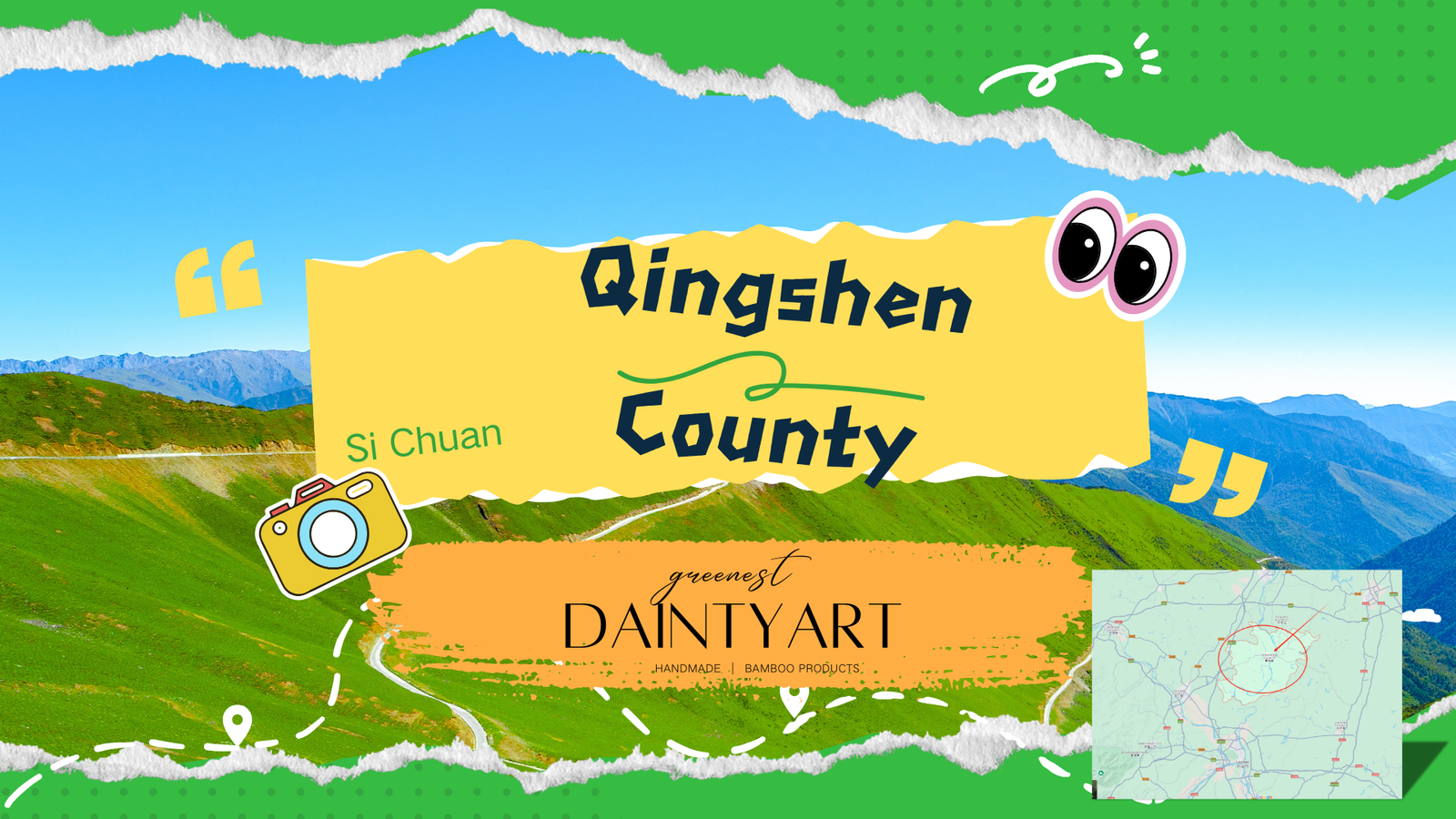
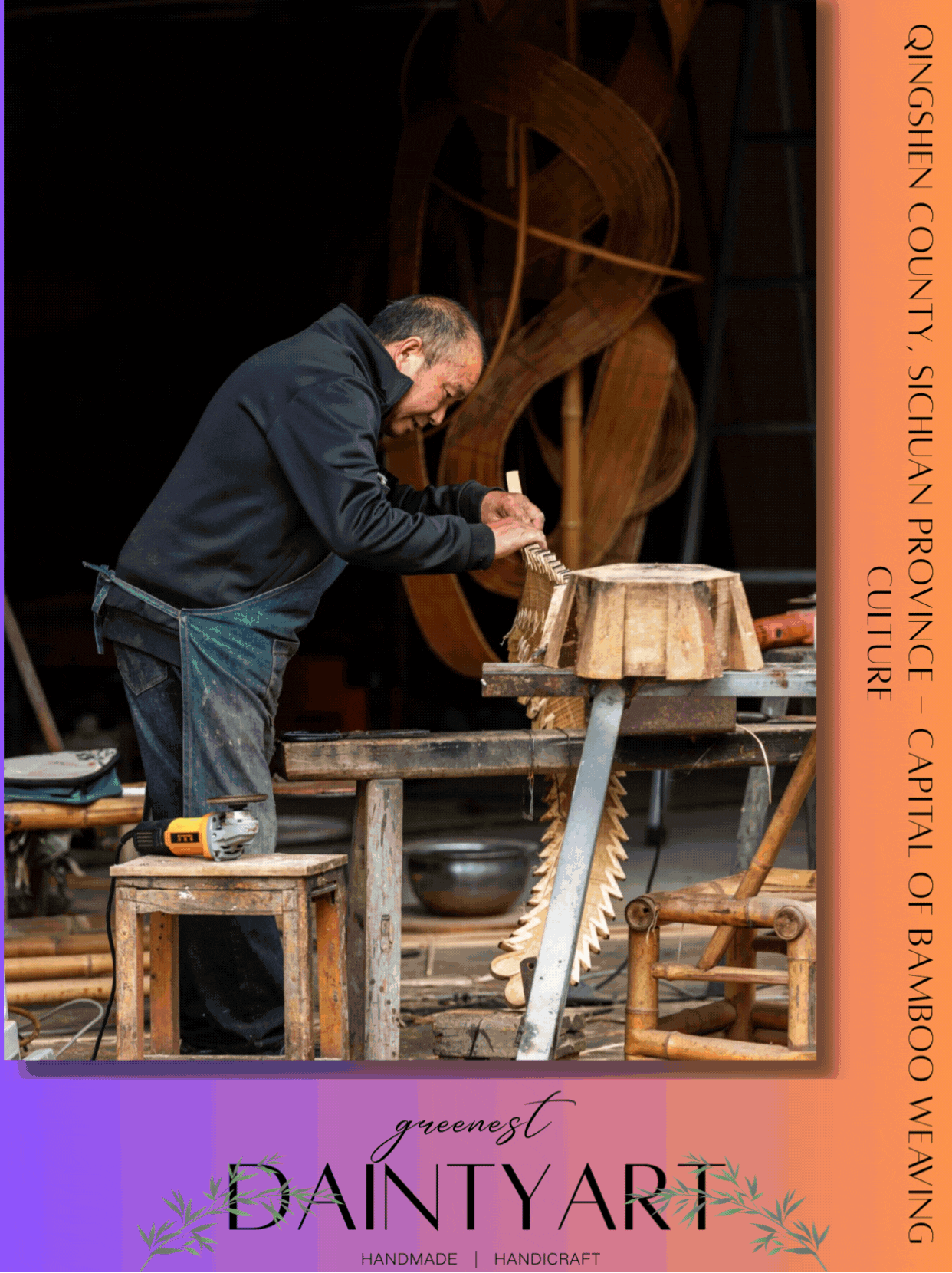
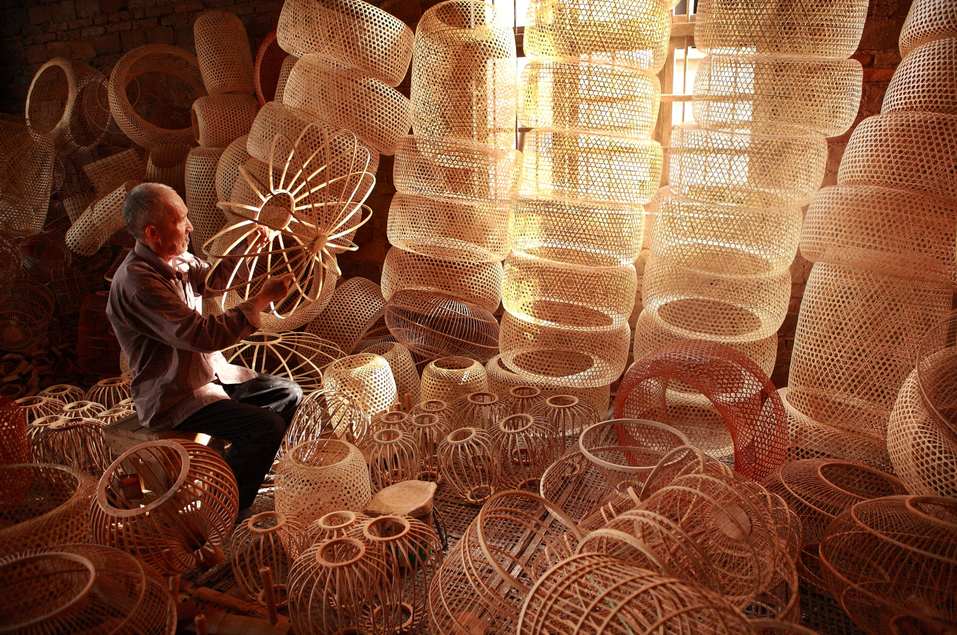
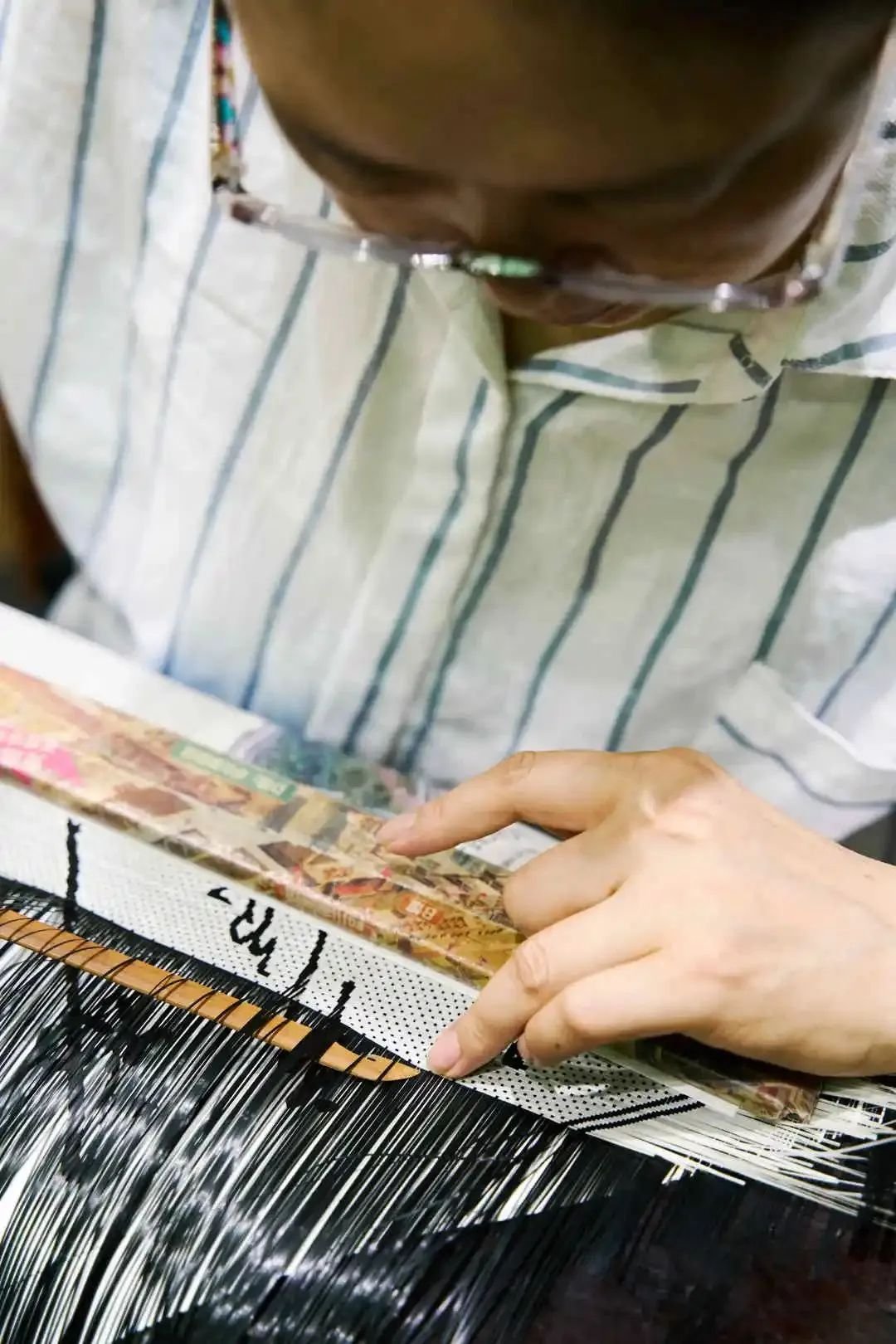
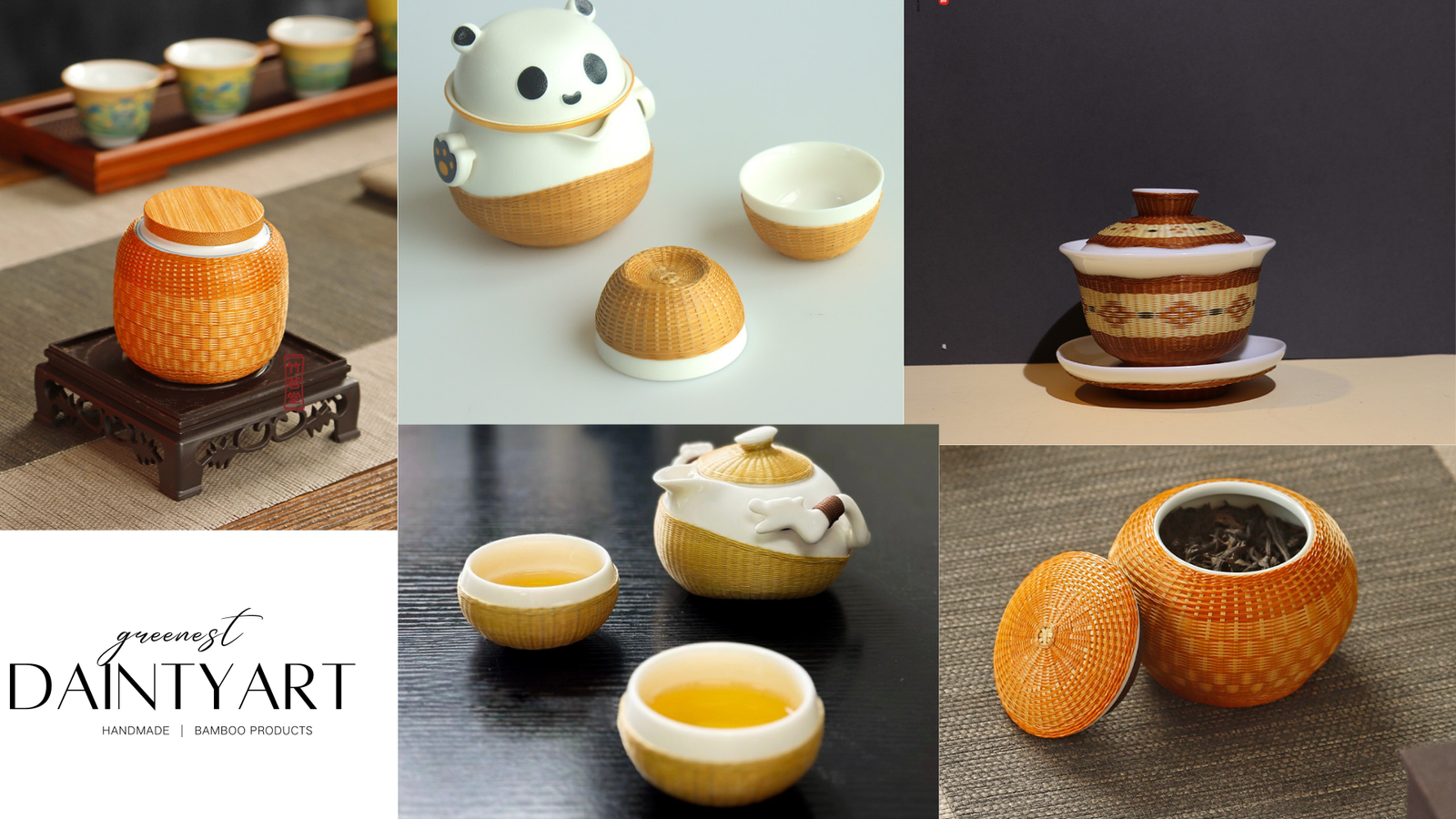
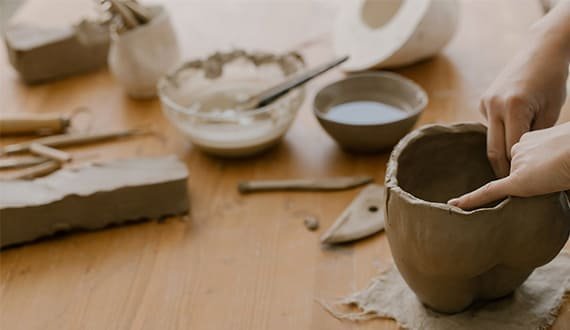
Hi, this is a comment.
To get started with moderating, editing, and deleting comments, please visit the Comments screen in the dashboard.
Commenter avatars come from Gravatar.
thanks
What you’ve written here feels like a conversation with a wise friend, offering insights that are both gentle and profound.
Your words have the power to transport the reader, making them see the world from a perspective they hadn’t considered before.
Your words resonate with a truth that feels universal — as though they’ve tapped into something deeply human.
What you’ve written here feels timeless — like something that will resonate for years to come.
There’s an effortless beauty in the way you express complex ideas, making them feel as though they’ve always been obvious.